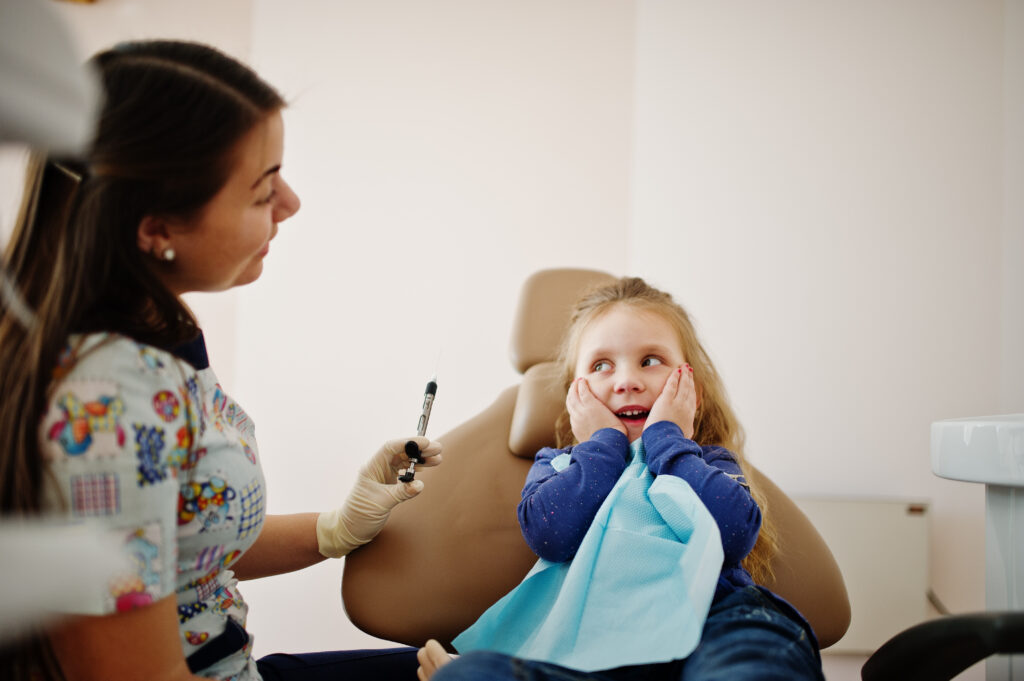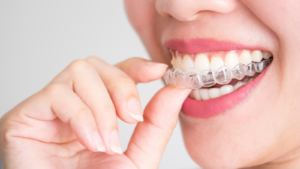Caring for your child’s dental health is crucial, and one common concern parents face is cavity preparation in primary teeth. This comprehensive guide will walk you through the essential steps to ensure your child’s dental health remains in top shape. From understanding the basics to practical tips and FAQs, we’ve got you covered.
Table of Contents
• Introduction
As a parent, your child’s health is your top priority, and that includes their oral health. Understanding cavity preparation in children’s primary teeth is essential to ensure your little one maintains a bright and healthy smile. In this guide, we will explore the key steps involved in cavity preparation, from diagnosis to aftercare, so you can be well-prepared for your child’s dental journey.
• Understanding Primary Teeth
Primary teeth, often referred to as baby teeth, serve crucial functions in your child’s development. They help with speech, enable proper chewing, and guide the eruption of permanent teeth. It’s vital to recognize that primary teeth are not immune to cavities and require proper care to prevent decay.
• The Importance of Cavity Prevention
Preventing cavities in primary teeth is paramount. Cavities that go untreated can cause pain, infection, and even disrupt the formation of permanent teeth. It’s essential to take preventive measures to safeguard your child’s dental health.
• Signs of Tooth Decay
Before we delve into the cavity preparation process, it’s crucial to recognize the signs of tooth decay in your child. Common symptoms include toothache, sensitivity, and visible holes or dark spots on the teeth. If you detect any of these symptoms, contact a pediatric dentist right once.
• Choosing the Right Pediatric Dentist
Selecting a qualified and compassionate pediatric dentist is the first step in ensuring your child receives the best dental care. Look for a dentist who specializes in treating children, as they have the expertise to handle young patients effectively.
• Preparing Your Child for the Dentist
To ease your child’s anxiety about dental visits, prepare them by explaining what to expect. Use positive language and consider role-playing to make the experience less intimidating. A relaxed child is more likely to cooperate during the cavity preparation process.
• The Cavity Preparation in Primary Teeth Process
Step 1: Diagnosis
The dentist will start by examining your child’s teeth and may use X-rays to identify cavities. This step helps determine the extent of the decay and the best treatment approach.
Step 2: Anesthesia
To ensure your child’s comfort, the dentist will administer local anesthesia to numb the area around the affected tooth. This ensures a pain-free experience during cavity preparation.
Step 3: Tooth Isolation
Proper isolation of the tooth ensures a clean and dry environment for the procedure. The dentist will use a rubber dam or cotton rolls to keep the tooth dry.
Step 4: Removing Decay
The dentist will carefully remove the decayed portion of the tooth using specialized dental instruments. This step is crucial in preventing further decay and preserving the tooth’s structure.
Step 5: Filling the Cavity
Once the decay is removed, the dentist will fill the cavity with a suitable material, such as dental amalgam or composite resin. This step restores the tooth’s function and prevents further damage.
• Aftercare and Recovery
After the cavity preparation, your child may experience some numbness, but this will subside. Encourage them to eat soft foods and maintain regular oral hygiene. Follow the dentist’s post-treatment instructions.
• Maintaining Good Oral Hygiene
Preventing future cavities in primary teeth requires consistent oral care. Brush your child’s teeth with fluoride toothpaste, limit sugary snacks, and ensure regular dental check-ups.
• Frequently Asked Questions (FAQs)
1. Is cavity preparation painful for my child?
The use of local anesthesia ensures your child does not feel pain during the procedure. They may experience some discomfort afterward, but this is temporary.
2. How can I prevent cavities in primary teeth?
Maintain a healthy diet, limit sugary snacks, and establish a regular oral hygiene routine with your child.
3. What should I expect during my child’s first dental visit?
The dentist will do a complete examination and provide oral care advice at the initial visit. It’s essential to establish a positive dental experience from a young age.
4. Are there any alternatives to traditional cavity fillings?
Some alternatives include silver diamine fluoride (SDF) and resin infiltration, depending on the severity of the cavity. Discuss options with your dentist.
5. When should my child transition to permanent teeth care?
The transition typically occurs around the age of 6 or 7 when permanent teeth start erupting. Continue regular dental check-ups to ensure a smooth transition.
• Conclusion
Cavity preparation in primary teeth is a common dental procedure that ensures your child’s oral health. By understanding the process, selecting the right dentist, and maintaining good oral hygiene, you can provide your child with a strong foundation for a lifetime of healthy smiles.
External Links:
Webmd.com: “What is a Pediatric dentist”
YouTube Video Channel Osmosis from Elsevier: “Eruption of primary and permanent dentitions”
Image by ASphotofamily on Freepik
https://www.freepik.com/free-photo/little-baby-girl-dentist-chair-children-dental_26472059.htm





